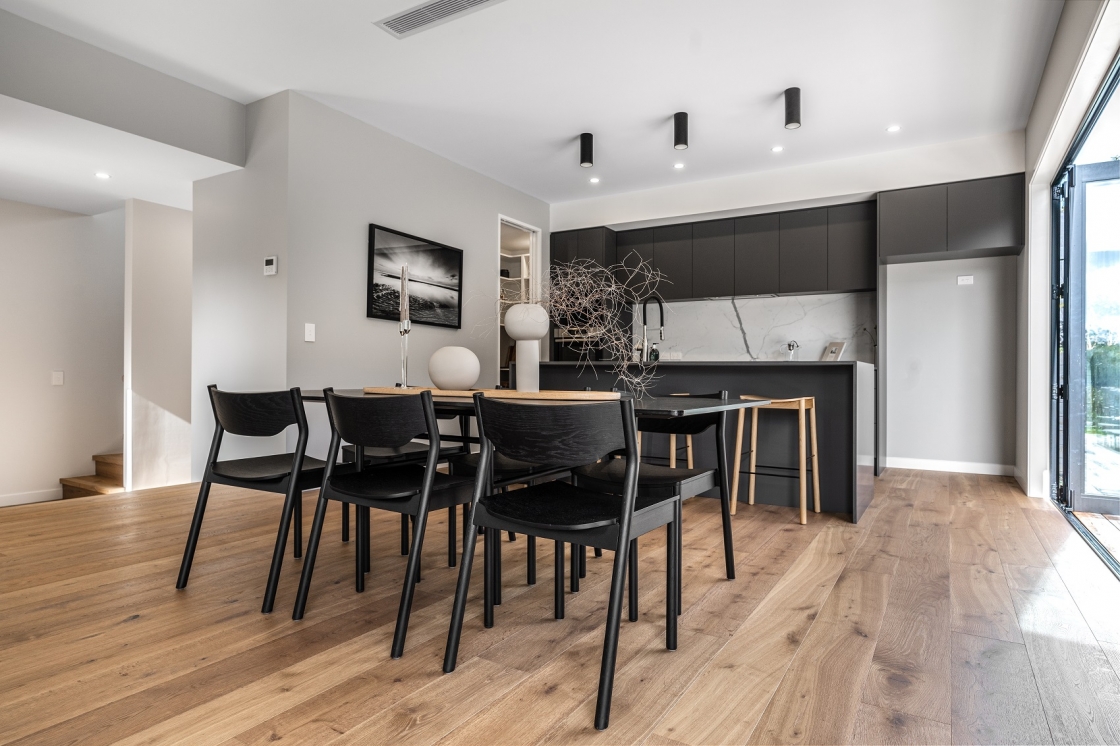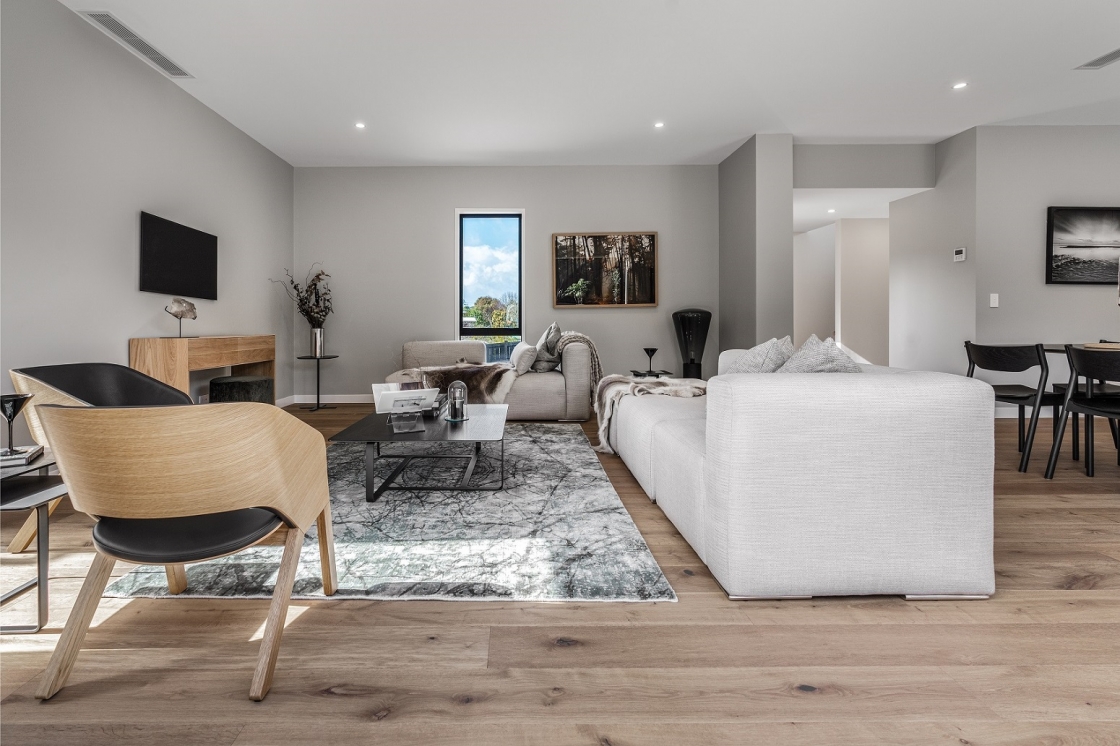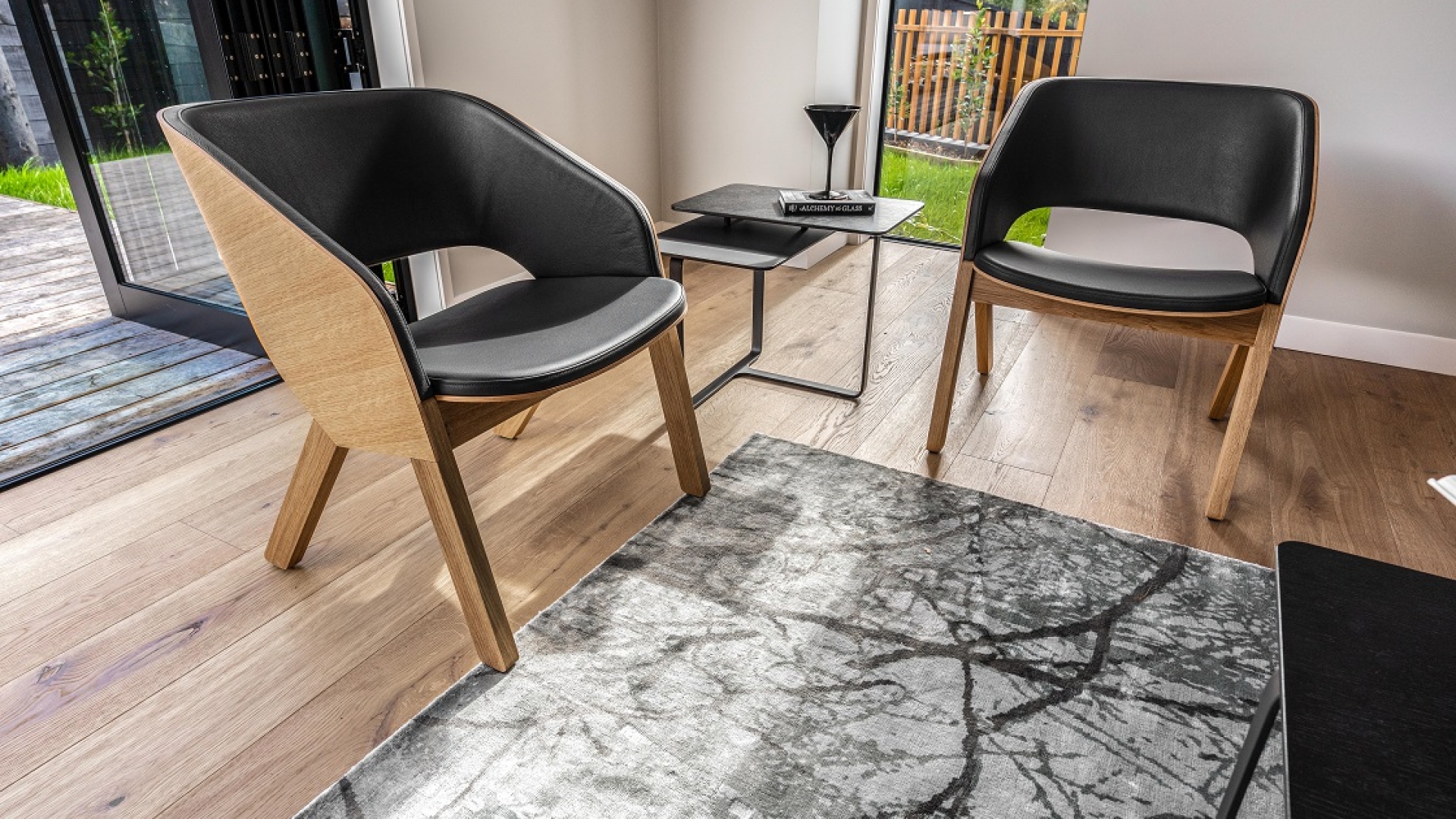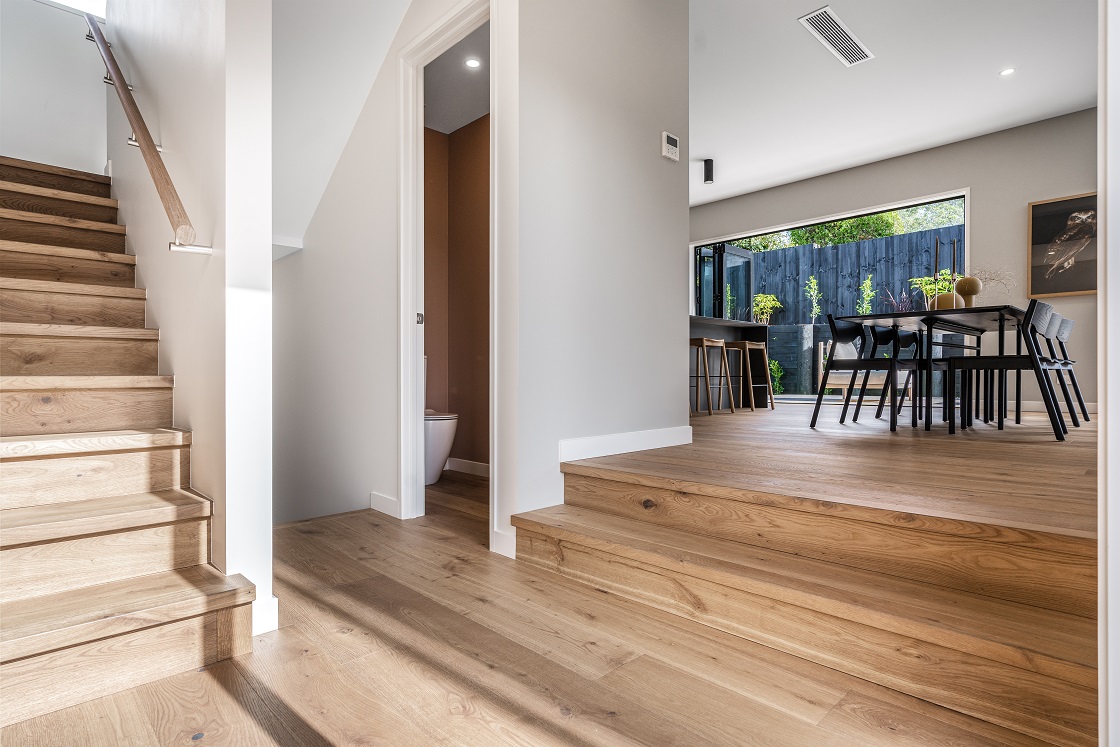Admonter Matt Lacquer Floors Care Guide
QUICK GUIDE
- No annual maintenance required
- Scratches will build over time, requiring the floor surface to be refinished
- Vacuum or sweep the floor regularly.
- Mop the floors regularly – weekly or fortnightly.
- Use Admonter floor cleaner only
- Never use solvents, chemicals, steam mops or excessive water (damp mop only)
- Avoid scratches: use felt pads on furniture leg; take care when moving furniture; do not wear stiletto heels.
HOW TO CLEAN THE FLOOR
- Vacuum/sweep floor.
- Wash floor using a damp mop and floor cleaner (10ml per 1 litre of warm water)
DO’S AND DON’TS
The durability and wear resistance of any wooden floor is highly dependent on regular and correct care and maintenance which,
if carried out correctly, will add years of life to your floor!
DO
- Expect some movement in your floor. It will expand and contract with changes in temperature and humidity.
- Expect the colour of your floor to change slightly. This is a normal response to UV light. Move rugs if necessary, to allow
- the colour to even or refrain from putting down for 6-12 months until colour has settled.
- Remove dirt and grit by vacuuming and sweeping regularly. This reduces micro-scratches.
- Clean up spills immediately with a water-dampened cloth or mop. Some substances may discolour your floor.
- Use the correct floor cleaner – we recommend and supply Admonter products.
- Use a door mat at exterior doors.
- Put felt pads/glides under furniture legs and change these regularly to prevent scratches.
- We recommend www.flexifelt.co.nz – use the code VIENNA5 for 5% discount. These stick very well and are superior to standard felts.
- Contact us on 09 523 1839 or support@www.viennawoods.co.nz if you have any questions or concerns.
DON’T
- Steam clean/ steam mop your floor. This will damage both the wood and the finish.
- Use household cleaners, detergent or methylated spirits cleaners on your floor.
- Expose the floor to excessive water/moisture. No wet mopping, only damp. Moisture can compromise the
- polyurethane near knots, causing the filler in knots to come out. Board edges may discolour.
- Put pot plants directly on the floor. A trivet/stand will allow much better air circulation.
- Wear stiletto heels on the wooden floor. These may crack, dent or scratch the finish.
- Drag heavy furniture over the floor



